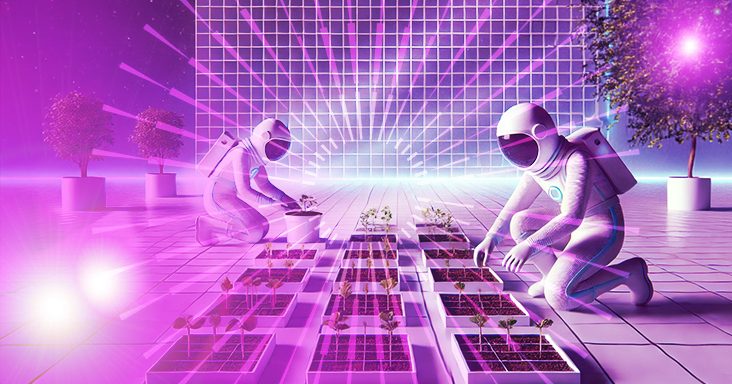
Often, we think of individuals who are living with food insecurity as being homeless or easy to identify, yet they could be your neighbor or even a classmate. Are you ready to help solve this problem?

Students can contribute locally to the impact problems of population growth, access to resources, limited space for growing food, and year-round plant-based food production. After thoughtful research to evaluate how these challenges exist globally and locally, students will assess their local food system and create a solution to help minimize food insecurity in their community. The final product will be a functioning soil-based growing space for edible plants and products to benefit the area food system with an emphasis on community partnerships.
According to the United States Department of Agriculture, food insecurity is defined as a household’s consistent access to adequate food being limited by a lack of money and other resources at times during the year. Often, we think of this as being a problem affecting only third-world countries. However, Feeding America shares that 42 million Americans live in food-insecure households. Often, we think of individuals who are living with food insecurity as being homeless or easy to identify, but they could be your neighbor or even a classmate. What can we do to help solve this problem? One way to start solving this problem of food insecurity is to create sustainable local food systems.
With the challenge of food insecurity in communities across the globe, your team has been selected to assess your local food system and create a solution to help maximize food production and community partnerships while minimizing food insecurity in your community.
Similar topics are offered in these puzzlers